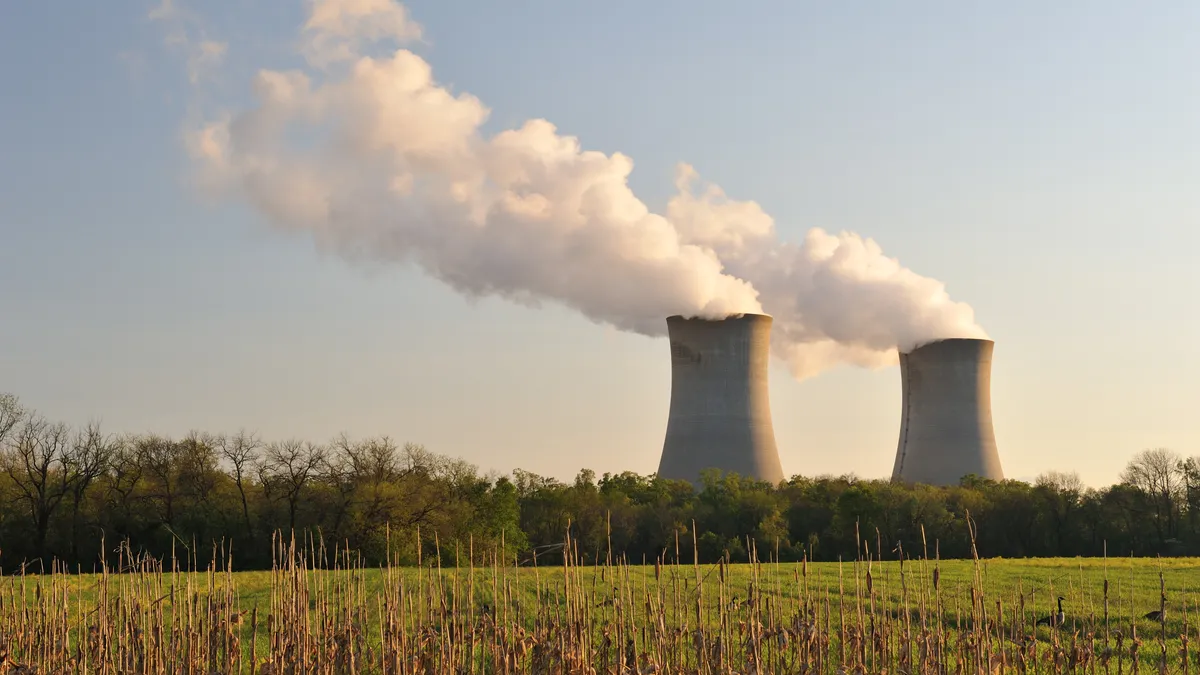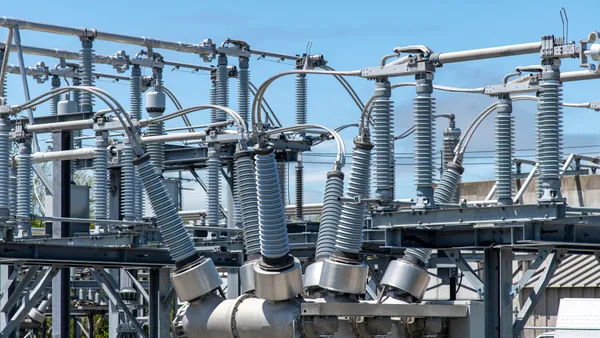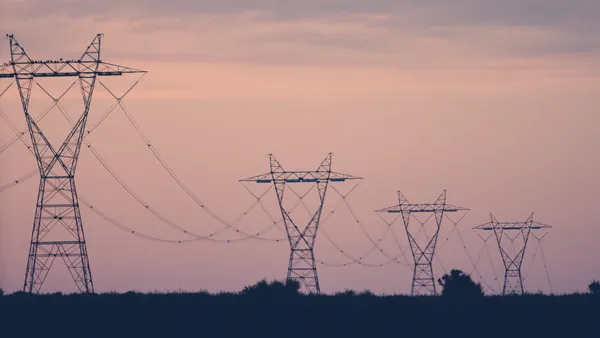The Federal Energy Regulatory Commission on Monday unanimously approved new requirements for issuing backstop siting permits for transmission projects in national interest electric transmission corridors, or NIETCs, areas the Department of Energy determines are congested.
A NIETC designation would allow FERC to issue permits for transmission lines in a corridor when state regulators lack the authority to site the line, have not acted on an application to site the line for over a year, or have denied an application.
The DOE last week proposed 10 potential national transmission corridors.
In a change from FERC’s proposal released in December 2022, under Order 1977 transmission developers will have to wait a year after they start the state permitting process before they can begin the FERC pre-filing process, rather than starting them at the same time.
FERC Commissioner Allison Clements said at the meeting she balked at the provision because it would extend the permitting timeline for transmission projects, which is a significant barrier to ensuring reliable and affordable electricity.
“That said, our decision reflects this commission’s commitment in both this siting rule and in the regional planning rule, to work closely with states,” Clements said.
The changes to FERC’s permitting process for transmission projects in NIETCs were driven by the Infrastructure Investment and Jobs Act. The act, for example, requires FERC to determine that a permit holder has made good faith efforts to engage with landowners and other stakeholders early in the permitting process as a precondition to a permit holder exercising eminent domain authority.
The rule codifies an “applicant code of conduct.” Following the code of conduct is one way an applicant can show it made good faith efforts to engage with landowners, according to FERC. It also requires applicants to develop engagement plans that describe completed and planned outreach to environmental justice communities and Indian tribes.
Under the rule, permit applicants must give FERC resource reports with information about how a proposed project would affect air quality and environmental noise, environmental justice communities and tribal resources. Applicants must describe efforts they plan to make to reduce the negative effects of their projects.
“The rule breaks new ground in setting forth processes to ensure that applicants treat landowners fairly and appropriately engage with tribes and environmental justice communities,” Clements said.
Early and effective landowner and community engagement may improve project outcomes and avoid litigation, according to Clements.
Order 1977 will take effect 60 days after it is published in the Federal Register.














